Wingate-Hass Barn
Introduction
Text-to-speech Audio
Images
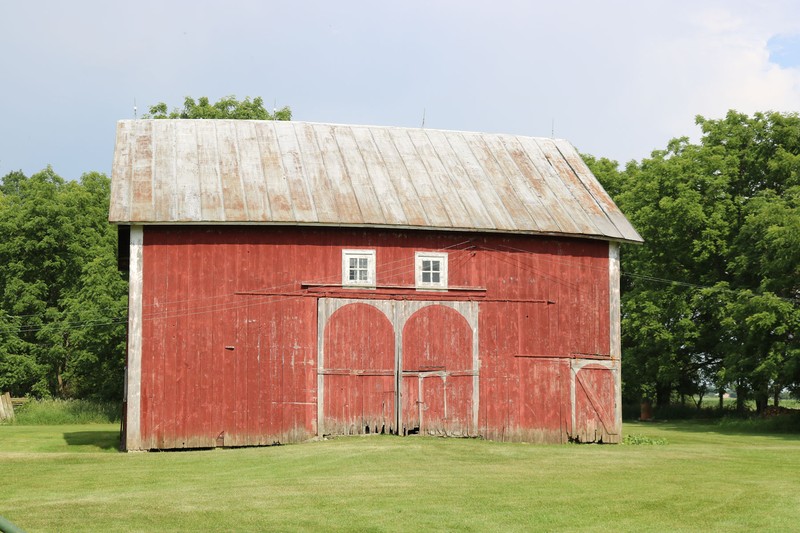
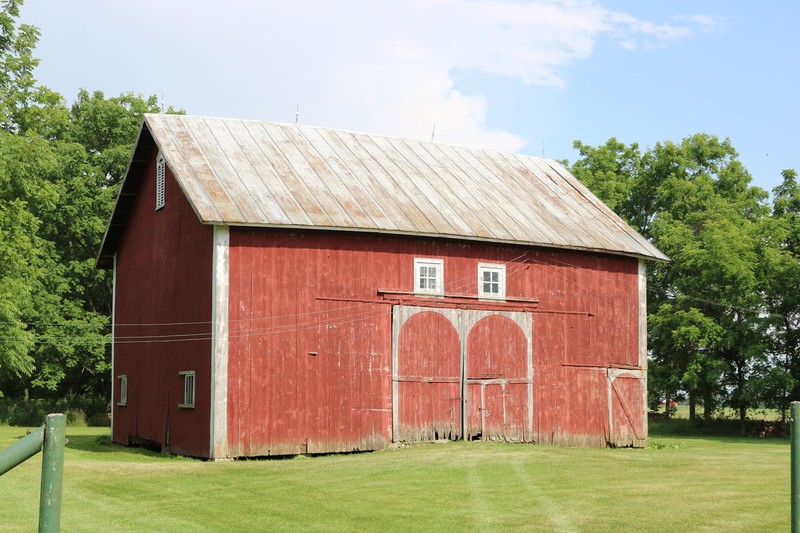
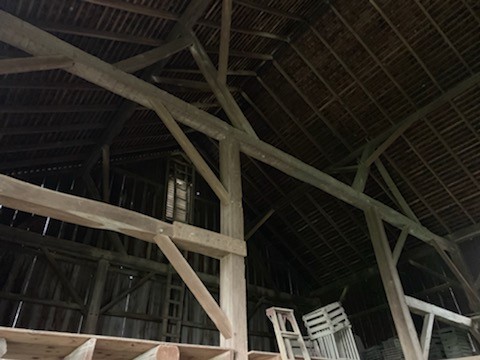
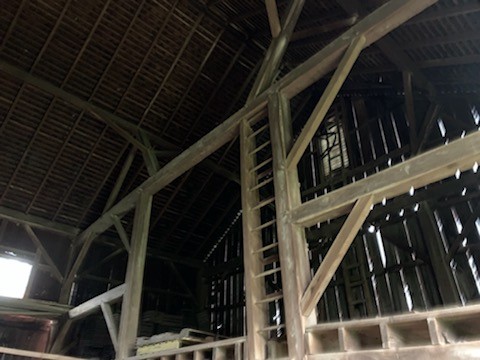
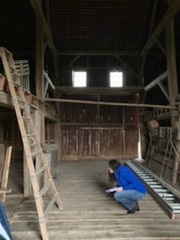
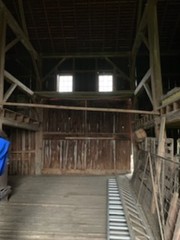
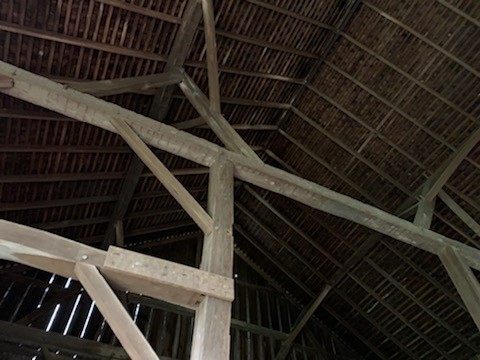

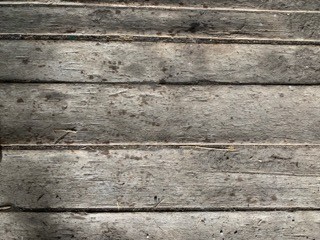
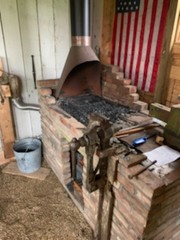
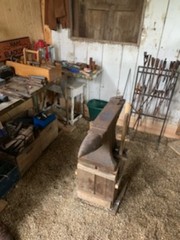
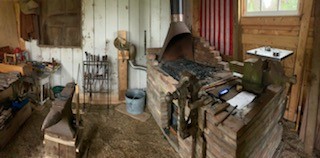
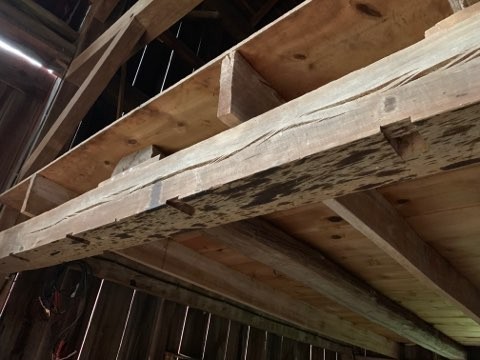
Backstory and Context
Text-to-speech Audio
Current owners, Daniel and Rachel Haas, purchased this farm in 2005. The land was homesteaded by Sanford Smith in 1830. Deciphering the chain of ownership took a great deal of persistence. For unknown reasons, the original deed from 1830 was not recorded at that time. After much research, Dan discovered that the farm had been in Samford Smith’s family for more than 175 years.
Sanford Smith, a Connecticut native, passed away in 1873, and the farm was deeded to his grandson, Nelson Wingate. The farm changed hands many times within the family, and was eventually deeded to Smith descendant, Willis Greer. Willis, and his wife, Helen (Burke), founded the Greer Orchard on the property. The orchard was a favorite among Hancock County residents, and many of the apple trees are still producing on the property. Apple crates used in the orchard can be found in the mows of the barn. The Haas family purchased the farm from the Greers’ grandson, Keith Williamson.
This 1,500 sq. ft. English ground barn dates to 1890, and was built while Nelson Wingate owned the property. This is the first barn featured on any of the Museum’s Historic Barn Tours to have benefitted from dendrochronology testing to establish its date of construction. A small core sample from one of the posts was compared to an inventory of known samples and the growth rings were matched. Growth rings can establish when the tree started growing and when it was harvested. Despite its more recent construction, much of the barn is still hand-hewn, and the rafter and purlin plates are continuous 60’ timbers. By 1890, much of Hancock County would have been stripped of trees old and large enough to make such sizeable timbers, but some such trees may have still remained close to the river. The original wood shake roof is still visible from the interior, as is the original splined wooden floor. The metal hay track, which was probably original to the construction of the barn, can still be seen.
The exterior of this barn exhibits decorative details. Decorative louvers in the gable ends and windows above the doors were small luxuries, but also served the purpose of providing ventilation and light. The painted arches seen on the doors are often referred to as “devil” or “witch” doors. Grounded in superstition and German influence, these doors supposedly prevented evil spirits from entering the barn. There are doors on both broad sides of this barn, with a driveway in the center bent that would allow a wagon to drive straight through without having to turn around or back up. The Haas family plans to begin restoring the barn this fall.
Sources
Hancock Historical Museum, Barn Tour Collection, 2019
Hancock Historical Museum, Barn Tour Collection, 2019
Hancock Historical Museum, Barn Tour Collection, 2019
Hancock Historical Museum, Barn Tour Collection, 2019
Hancock Historical Museum, Barn Tour Collection, 2019
Hancock Historical Museum, Barn Tour Collection, 2019
Hancock Historical Museum, Barn Tour Collection, 2019
Hancock Historical Museum, Barn Tour Collection, 2019
Hancock Historical Museum, Barn Tour Collection, 2019
Hancock Historical Museum, Barn Tour Collection, 2019
Hancock Historical Museum, Barn Tour Collection, 2019
Hancock Historical Museum, Barn Tour Collection, 2019
Hancock Historical Museum, Barn Tour Collection, 2019
Hancock Historical Museum, Barn Tour Collection, 2019
